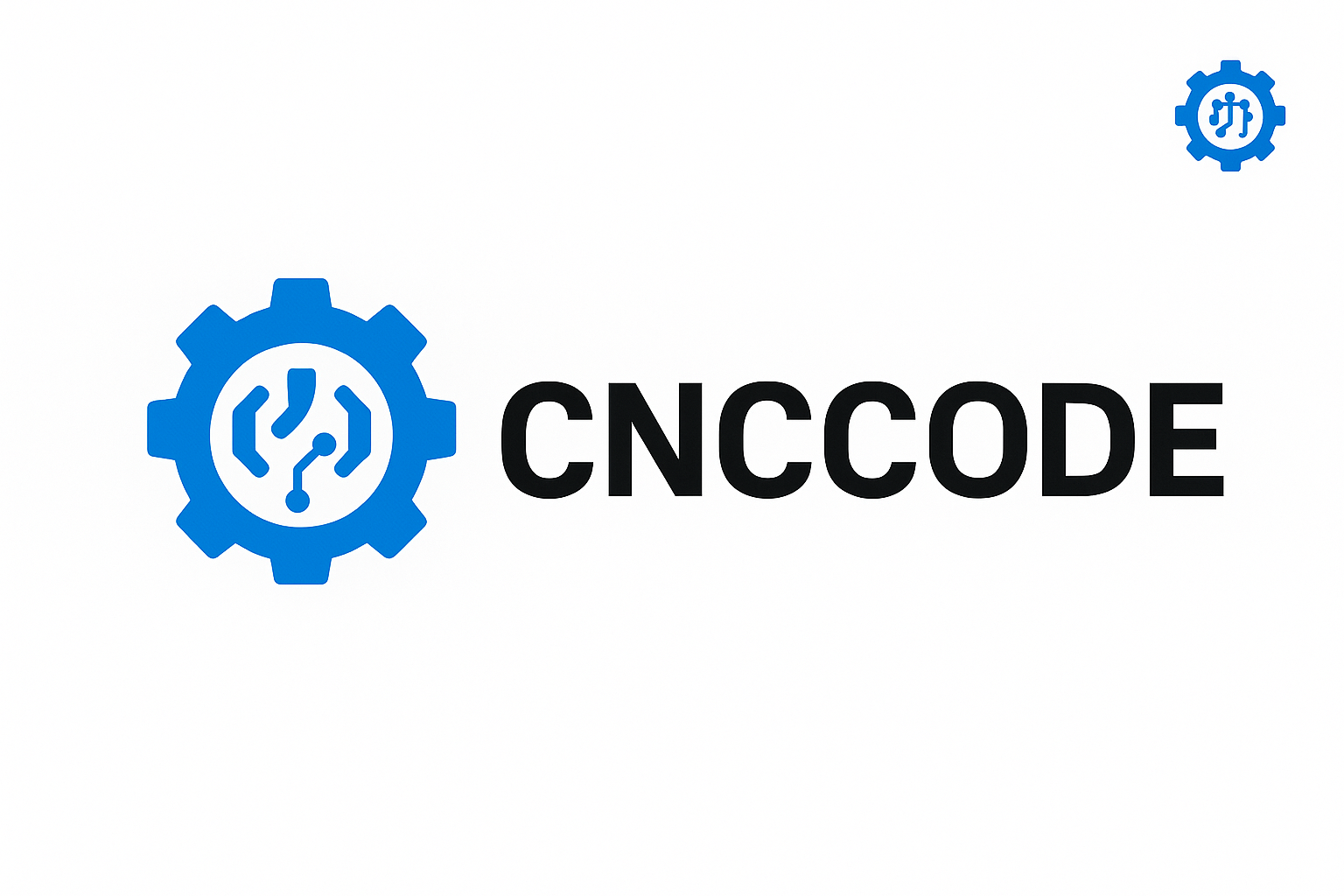Regardless of experience level, following expert tips can greatly improve CNC results. Here are some best practices:
-
Secure your workpiece: Always clamp or fixture the stock firmly. Loose materials cause vibration, poor surface finish, or tool breakage. For wood or plastic, use double-sided tape or screws in hidden areas. For metal, use a machinist’s vise or step clamps. Consider vacuum tables or custom jigs for repeatable setups.
-
Use proper tooling and speeds: Match your cutting tool to the material and operation. For example, use carbide end mills for aluminum and high-helix bits for plastics. Follow manufacturer recommendations for spindle speed (RPM) and feed rate (IPM or mm/min). Start conservatively: slower speeds and lighter cuts during initial setup reduce risk and help fine-tune settings for a smoother finish.
-
Cut air – or not: Be cautious with rapid movements (“air cuts”) when the tool is not cutting. Rapiding at too high speed can cause excessive movement or missed steps. Use safe or slower rapid speeds if the machine struggles. Also use proper coolant or air blast: mist coolant or air helps clear chips, cool the tool, and extend tool life, especially in metal cutting.
-
Optimize toolpaths: Prefer climb milling (where the cutter teeth enter material in a way that pulls the stock against the clamping force) for better surface finish and tool life, when safe for your setup. Avoid unnecessary tool retracts or full-depth plunge moves unless required, to reduce cycle time. Use finish passes (with small step-over) for critical surfaces and roughing passes (with higher depth) for bulk material removal.
-
Maintain the machine: Keep rails, lead screws, and bearings clean and lubricated. Calibrate the machine axes regularly: ensure the X, Y, Z steps per unit and backlash compensation are correct. Tighten all bolts and check belt tension. A well-maintained machine stays accurate and avoids unexpected slop or errors.
-
Check clearances and collisions: Before running a job, simulate the toolpaths in your CAM software or carefully dry-run the program (especially for large or complex parts). Verify there’s enough space for the tool and hold-downs to clear, and that no part of the machine will collide. Many CAM programs offer a graphical simulation to spot issues beforehand.
-
Continuous learning: Take advantage of tutorials, user manuals, and CNC forums. Watch video guides for techniques like workholding, 4-axis indexing, or advanced cutter types. Joining a community or local user group can provide insights (e.g. using a probing sequence to auto-level a spoilboard). Learning from experienced machinists accelerates your skills.
By systematically applying these tips, you’ll notice better surface finishes, increased precision, and fewer errors. Skilled CNC machinists combine careful planning (tool choice, speeds), diligent maintenance, and smart cutting strategies to maximize efficiency and part quality.
